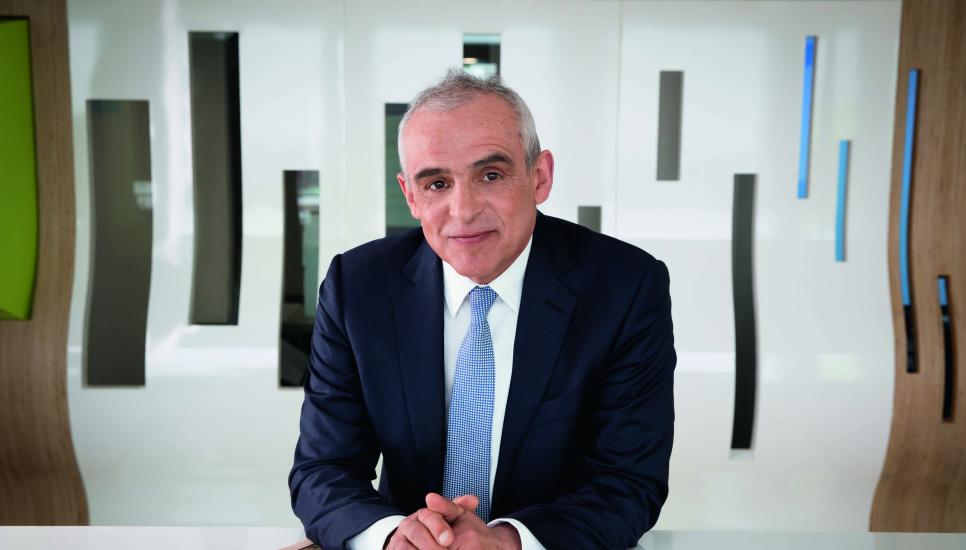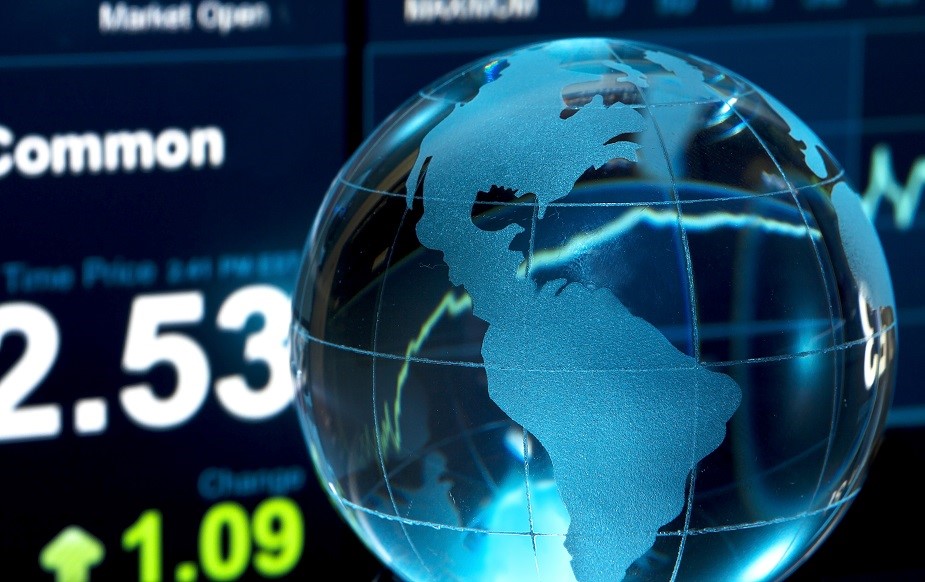The aftershocks of the Covid-19 earthquake

After closing one of the worst quarters ever for equity markets, Q2 started on a high note, with indices (S&P 500 and Euro Stoxx 600) recovering markedly from the bottom hit during the previous month. According to Amundi Asset Management, there is clearly a battle between bull and bear forces taking place.
On the bull side, extraordinary policy actions continue to propel market sentiment (signals of virus-peaking in Europe and hopes of sooner-than-expected re-opening). On the bear side, deteriorating fundamentals from the earnings season and the sustainability of the mounting debt pile will be key risks.
 The tug of war between sentiment and fundamentals is just the first in a long list of battles in course. The most important will be the duel between liquidity and solvency in which the focal point that could shift power from one side to the other is the pandemic’s evolution. How long it will last is the key variable that will determine the shape of the recovery, which now appears likely to be U-shaped, with a long bottom phase and the slow recovery.
The tug of war between sentiment and fundamentals is just the first in a long list of battles in course. The most important will be the duel between liquidity and solvency in which the focal point that could shift power from one side to the other is the pandemic’s evolution. How long it will last is the key variable that will determine the shape of the recovery, which now appears likely to be U-shaped, with a long bottom phase and the slow recovery.
From an investment perspective, the aforementioned battles point to some key actions:
- Remain cautious in short term. Markets have priced in some light at the end of the tunnel in the next six months. This is overly optimistic as economies will not be switched back-on overnight and as there is uncertainty on the temporary vs permanent nature of losses in potential output and employment.
- Be ready to play the sequence of rebound at asset class and regional level. The crisis is inducing a partial de-synchronisation in the economic cycle that is strictly linked with the epidemic in each country and/or region. In China, where the outbreak originated, the economic outlook is slowly improving, while it is deteriorating in Europe and the US. We believe earnings will be the first to suffer, while defaults will come later. A prolonged lockdown could eventually affect risk premia in real estate.
- Manage liquidity dynamically, by keeping appropriate liquidity buffers to be able to exploit entry points and not be caught in a liquidity trap if the economic outlook worsens. This translates into building a barbell risk exposure, with big cash buffers on one side and exposure to the rebound on the opposite.
- Differentiate risk opportunities. Credit is favoured vs equity, because the latter seems to be pricing in a too-positive outcome. Second, because fiscal and monetary measures will favour bondholders vs shareholders. In equities, risk exposure should focus on cyclicals with quality that could best exploit a way out of the crisis. Investors should assess the long-term implications of the current crisis at a sector and company level. Sectors with high fixed costs are most exposed, while companies or sectors that are more flexible in adapting their models to the new pandemic world will fare better. In credit, debt sustainability, liquidity and eligibility for CBs’ purchasing programmes is key. In EMs, fiscal vulnerability, external vulnerability to USD strength and oil dependency must be monitored.
 The Covid-19 crisis is reinforcing the need to be active and selective, as it will transform the world and the aftershocks have just started. The path to reach a (new) equilibrium will oscillate and propagate through waves. In this process, a rising component of external intervention is altering capital markets structures. Hence, price discovery is becoming chaotic and full of traps. This means that a first wave could benefit some asset classes that are distorted by these interventions. For example, some part of HY could benefit from the Fed and the ECB’s actions during the first wave of interventions, but could come under pressure in a second wave of normalisation. Similarly, in equities, some overreaction could create compelling long-term opportunities. We are seeing this in sectors such as airlines, where all companies have been almost indiscriminately affected, but where those with strong balance sheets will be able to navigate these stormy waters.
The Covid-19 crisis is reinforcing the need to be active and selective, as it will transform the world and the aftershocks have just started. The path to reach a (new) equilibrium will oscillate and propagate through waves. In this process, a rising component of external intervention is altering capital markets structures. Hence, price discovery is becoming chaotic and full of traps. This means that a first wave could benefit some asset classes that are distorted by these interventions. For example, some part of HY could benefit from the Fed and the ECB’s actions during the first wave of interventions, but could come under pressure in a second wave of normalisation. Similarly, in equities, some overreaction could create compelling long-term opportunities. We are seeing this in sectors such as airlines, where all companies have been almost indiscriminately affected, but where those with strong balance sheets will be able to navigate these stormy waters.
 The way the system readjusts will also have significant implications on a new battle that is opening up, the one of inflationary vs disinflationary forces. While in the short term the collapse in global demand is favouring the disinflationary front, the economic cure for the crisis (debt creation with monetisation of debt, regionalisation vs. globalisation in trade dynamics) could prove to be inflationary. The new equilibrium that is reached at the end of this sequence will be very different from the one we had been getting used to in the last decade of low inflation and low rates. But it will take time to reach and for now the focus should be to stay in cash, stay in some risk assets and stay active.
The way the system readjusts will also have significant implications on a new battle that is opening up, the one of inflationary vs disinflationary forces. While in the short term the collapse in global demand is favouring the disinflationary front, the economic cure for the crisis (debt creation with monetisation of debt, regionalisation vs. globalisation in trade dynamics) could prove to be inflationary. The new equilibrium that is reached at the end of this sequence will be very different from the one we had been getting used to in the last decade of low inflation and low rates. But it will take time to reach and for now the focus should be to stay in cash, stay in some risk assets and stay active.






